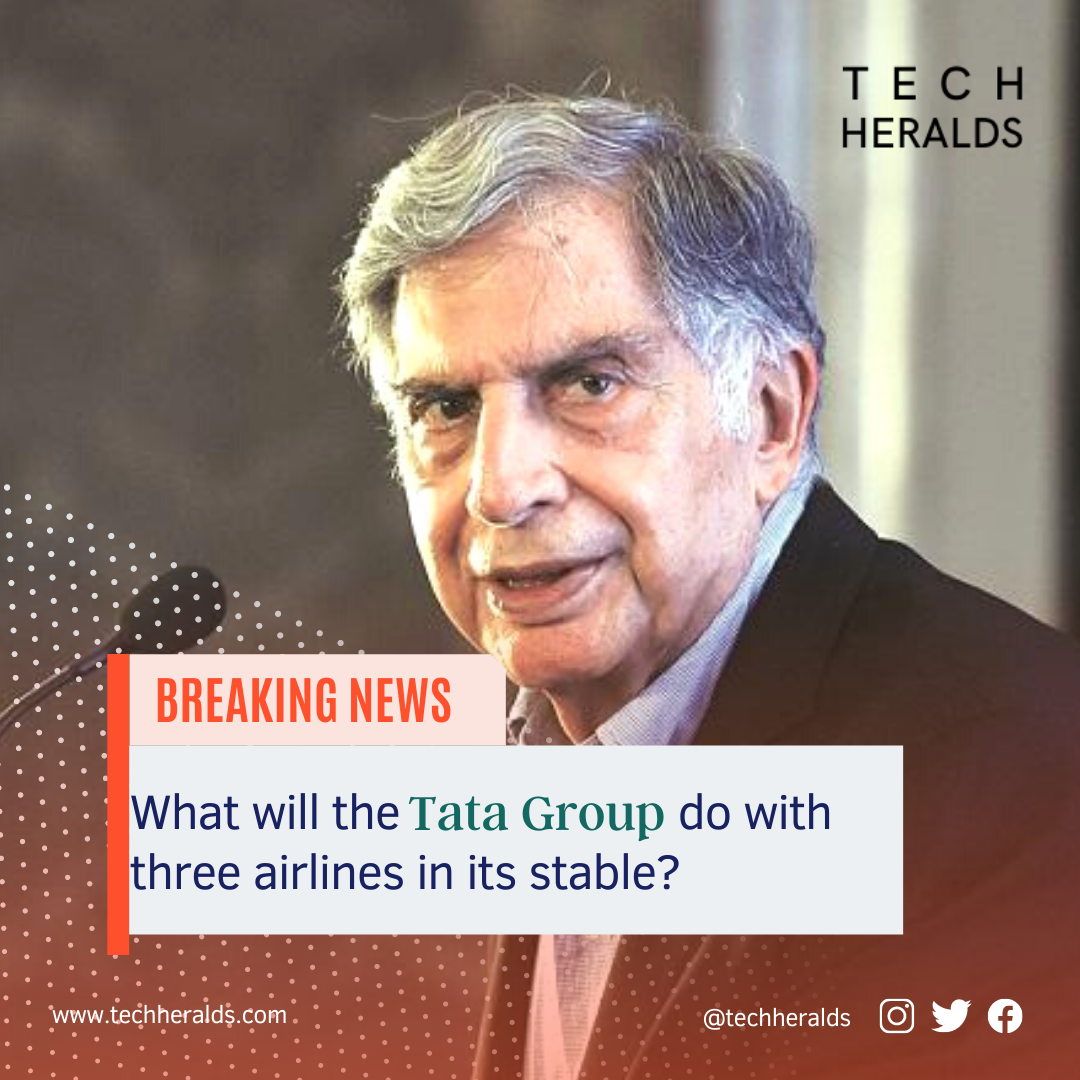Drop in at Air IndiaLtd.’s Mumbai office in early 2001, and you might have come across an aging, white-jacketed man winding up the chronometer. With hands and just 24 aeroplanes — three times the staffing footing at majorU.S. airlines — silly tasks like timekeeping in the headquarters had get someone’s job description.
Still, bullishness was in the air back either. With India seeking to deal its civil carrier, half a century of accumulated idleness was about to be exfoliate. And yet, the privatization plan collapsed, and took 20 additional ages and billions of bones of wasted capital to be reassembled again. Ultimately, when the global expedition assiduity has been destroyed by a pestilence, Prime Minister Narendra Modi has managed to let Air India go. Two decades ago, the airline was valued at$ 4 billion by the birdmen’ union. Compared with that, the winning stab of$2.4 billion by the Tata Group — from whom Air India was wrested by a socialist-inclined government in 1953 — is a peanuts. More so, as cash payment to New Delhi will reckon for only 15 of the consideration. The rest will be debt assumed by the new proprietor, a Mumbai- predicated empire that also controls Jaguar Land Rover and runs India’s largest computer-software house. Yea after the deal,$6.2 billion in borrowings will get left forward and grow specific state liability. appinstlBnr
Yet the sale makes sense. Selling Air India was nowise only about the proceeds. The carrier was a symbol of all that can go wrong when a state lacking the competence to deliver fundamental services like health and education starts fighting in the mass-market arena. Modi’s ave to the shiftless Maharajah — the airline’s mojo — will buttress his government’s reform credentials at a time when the money-spinning recovery from Covid-19 is still contingent and uneven. With the future of global peregrination mired in misgiving, knowing that taxpayers won’t have to keep coming to the airline’s salvation is a boon for stretched government finances.
In 1953, a new independent India made a huge fault by nationalizing Tata AirlinesLtd., which had managed to construct a culture of client service, entity that dissolved — on with ashtrays designed by Salvador Dali — in the drab, drear leftism of the late 1960s. The carrier got a den of entitled hirelings dancing to the lays of functionaries and politicians.
Air India always had expensive parking grooves at aerodromes like Heathrow and bilateral flight rights. But it did n’t have aeroplanes to fly the routes. By the late 1990s, it was clear that the government could n’t carry the burden perennially. But almighty influencing by Jet Airways IndiaLtd., the largest private- sector carrier back either in the Indian skies, defeated the 2001 privatization plan to cynically doom the more effective challenger that might have arose. The either- aeronautics minister blew about not letting yea a nail of Air India go out of the state’s control. Either, reversing the decision to deal, a new government decided to beef up Air India with a$10.8 billion armada expansion and an ill- advised combination with Indian Airlines, the domestic state- commanded carrier. Profit dematerialized continually. Debt piled up.
Now that Jet Airways is bare and the Tata Group have won back what was theirs, the question is What will they do with three airlines in their stable? Tata has Vistara, a combined chance with Singapore AirlinesLtd. for full- service domestic and multinational getaways. They also have a adultness stake in a no- frills carrier with Malaysian entrepreneur Tony Fernandes’s Air Asia Group. Junction is the way forward, with Singapore Airlines probably to be depended upon for living moxie and Fernandes given an exit.
Will the Maharajah be restored to its former glory? The answer matters to Ratan Tata, whose lifelong love affair with airplanes has n’t restated into material business success with Vistara and AirAsia India. Now, for his 84th birthday in December, the group forebearer is getting fulltime and contractual jobholders of Air India and the low- cost service it operates in the Middle East. With them will come the culture of a defeated public- sector fellowship. It won’t be an easy integration, but that’s the buyer’s headache. Indian taxpayers ought to be relieved to have cut their losses. Transnational investors should be thrilled to get the deal they’ve always equated with a clear signal that India wants subordinate government in commerce. That may be much more ultraexpensive that the presumably low sticker price for the airline.
